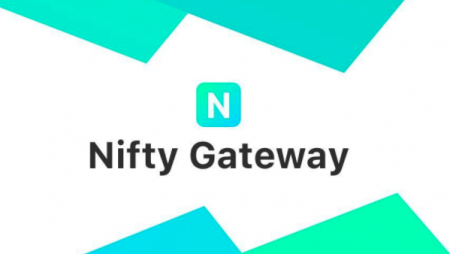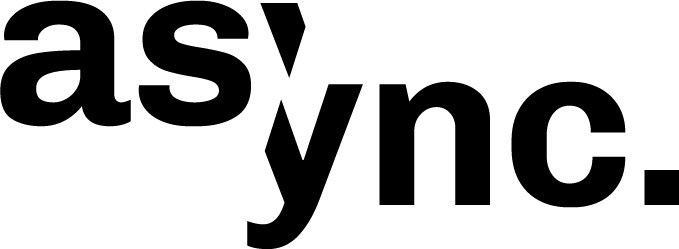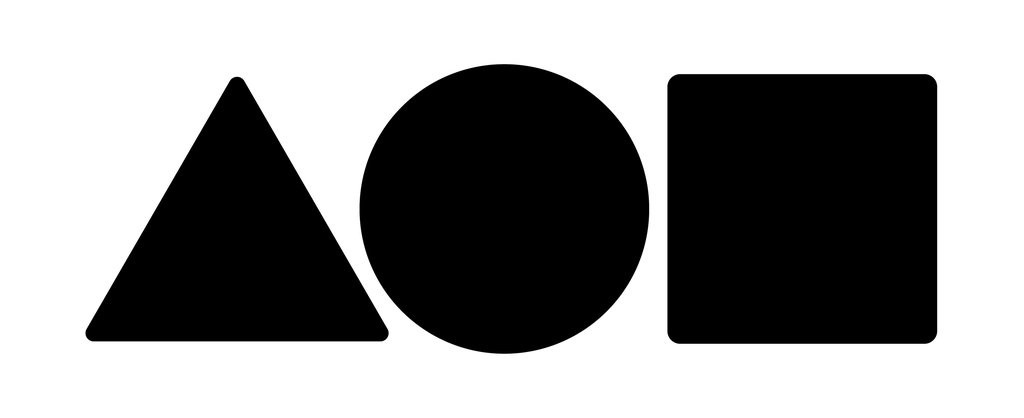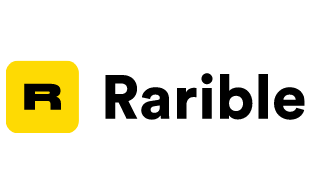Most of the buyers are not spending millions of dollars on crypto art, they are purchasing NFTs, and even portions of NFTs, as part of their longer-term investment strategies.

Crypto art and NFTs are increasingly gaining relevance and value in local and international art scenes and already account for 10% of sales in the global art market. The advent and explosion of NFTs, however, have some people – both inside and outside of the art community – scratching their heads.
Many artists, galleries, and curators see this digital transformation in the art world as an opportunity to join the crypto movement by purchasing NFT art and collectibles. Although most of these buyers will not be spending millions of dollars on crypto art, they are purchasing NFTs, and even portions of NFTs, as part of their longer-term investment strategies. To understand where and how to buy NFT art, let’s explore how the art and NFTs got here.
What Is NFT Art?
The authenticity and provenance of NFT artwork are unquestionable, and the artist can even get royalties every time an additional sale of their work takes place.
Like cryptocurrencies, NFTs are based in blockchain technology. Blockchain encrypts and authenticates a file’s transaction and ownership records. The information is decentralized. Keeping it dispersed across millions of devices at once offers extraordinary protection from any attempt to hack, steal, or corrupt the file.
What Does “NFT” Mean?
NFTs validate and trace the digital provenance of artwork and other intellectual property. But questions about NFTs are themselves an exploration into the meaning and value of art.
“What is the value of an NFT when limitless exact copies of the same digital image, video, etc. can exist?”
“Do NFTs and copies of NFTs compare to owning a genuine, priceless van Gogh, versus a print of the same painting which is worthless in comparison?”
The questions about NFTs must be taken within the context of the benefits of this new technology and means of valuing art. For example, with NFTs, there is unassailable blockchain proof of provenance and ownership instead of a reproducible painter’s signature. So the owner’s valuable property is virtually indestructible and nearly impossible to steal or counterfeit.
[Are you an artists who wants to sell your art? Check out “How to Sell Digital Art Online”.]
The Origins of NFT Art
The first known ASCII-coded image appeared on the Bitcoin blockchain in 2011 in the form of a eulogy.
In 2014, there were numerous crypto coin art events and projects. Many works and exhibitions echoed themes around intellectual property and proving ownership over one’s work. One online Bitcoin art exhibition accepted only Bitcoin as payment for admission. Monegraph became the first NameCoin blockchain-based NFT platform for certifying images. Artists began to increasingly use blockchain to tokenize their work.
By 2015, in-game digital trading cards developed. The first museum to buy digital art with Bitcoin was the Austrian Museum of Applied Arts. Then, the digital certificate creation platform Verisart launched, using blockchain to verify art and memorabilia. The first known crypto art community formed on the CounterParty blockchain in 2016, sharing trading cards.

Since then, the general public has become more aware of NFTs due to high-profile sales and media coverage. This year, Nyan Cat went for $580 thousand, and Twitter CEO Jack Dorsey’s first-ever tweet sold at auction for $2.9 million. Digital artist Beeple famously sold a digital collage. Its price point of just under $70 million makes the Beeple work the third most expensive work of art in the world by a living artist.
Where to Buy NFT Art - Top 10 Places
Right now, there are quite a few platforms for buying and selling NFTs. Some are remarkably exclusive. Many feature a specific genre or aesthetic, appealing to unique types of artists and buyers. Just like buying anything else, deciding where to buy NFT art depends on what someone is interested in and their values.

1. Nifty Gateway
Notable for hosting the historic $6.6 million auction of Beeple’s Crossroad, a record at the time, Nifty Gateway boasts the greatest sales volume of any NFT platform. Nifty Gateway has made a name for itself through highly anticipated celebrity drops and “open editions.” During a limited time, the platform releases a limitless quantity of editions of a certain NFT. The varying rarity of NFTs that unfolds over time has produced a thriving secondary market for Nifty Gateway’s NFTs. Nifty Gateway has broad mainstream appeal. The platform operates on Ethereum blockchain. But Nifty welcomes people who are less familiar with cryptocurrency, letting collectors pay with credit cards.

2. SuperRare
SuperRare is a credible, community-focused, and art-centric Ethereum NFT platform. This is a more underground atmosphere. Only 1% of the artists who apply to sell work on SuperRare make it onto the platform. But there is a strong emphasis on artist royalties and supporting the hand-selected artists SuperRare chooses to feature. Only one-of-a-kind NFTs can release, no editions. Exclusivity and the scarcity of its art pieces have made SuperRare a coveted space. This NFT marketplace is much more accessible to collectors than it is to creators.

3. Async Art
Programmable art is the hallmark of the interactive NFT platform Async Art. For a “programmable” work of art, there is a master copy as well as separate layers that make up the master. Collectors can either own the master copy or isolated layers within that are subject to alteration. The artist presets layers to change in predefined ways so that the owner can transform the layer in a way that also appears in the master. NFT art pieces on Async Art are dynamic. Artistic elements shift over time, sometimes to reflect current events like politics and weather.

4. MakersPlace
Here is another VIP marketplace that brushes shoulders with traditional artists and eminent art institutions like Christie’s auction house. MakersPlace made a name for itself in minting and facilitating the monumental auction of Beeple’s $69 million digital collage earlier this year. This NFT platform caters to buyers, supplying collectors with curated email updates daily. MakersPlace accepts credit cards and PayPal. The digital art marketplace recognizes user preferences to tailor individualized NFT purchase suggestions.

5. KnownOrigin
For artists, KnownOrigin is rather exclusionary. Any creator who wants to partner with this fast-growing platform has to submit an application for review. But those who are accepted can release however many copies of their art as they want. KnownOrigin is the NFT marketplace for limited time “drops.”

6. Foundation
Calling itself a “creative playground,” Foundation draws in alternative music and art creators with a more avant-garde style. Artists’ contribution to Foundation is by invitation only. Each of the marketplace’s artists gets a single invite to offer to one other artist. So this NFT platform offers a selection formulated by a cohesive community of artists.

7. Zora
Buyers have a new opportunity to obtain NFTs on Zora, which was once invite-only as well. Zora hosts ongoing auctions. In any currency, bidders can make offers continuously until an NFT’s owner accepts a bid. A benefit of Zora is its direct user-friendly process for buying and selling. Zora expresses a stance on opposing corporate and institutional gatekeeping to help creators reclaim power and ownership over their creative works.

8. OpenSea
OpenSea has the greatest volume of NFT transactions. It may also be the most accessible and famous NFT platform. Buyers on this global marketplace have the option to pay in multiple cryptocurrencies. Anyone can buy or sell on OpenSea without any invitation or application. Some of the NFTs on OpenSea are artwork, but gaming items, sports trading cards, and memorabilia are also available.

9. Rarible
Another highly open platform is Rarible, where anyone can mint their own NFT. Rarible permits artists to release singles or multiples of their work, and users help shape how the marketplace functions. The listings on Rarible also show up on OpenSea to give them wider visibility.

10. Mintable
For digital collectibles instead of artwork, Mintable is an intuitive NFT platform that uses Zilliqa blockchain. This is an easy way creators can secure intellectual property like music, art, and more through smart contracts.
How to Buy NFT Art
To store crypto, set up a digital wallet – for example, MetaMask, Robinhood, Coinbase, or Trust Wallet – that is compatible with the right crypto. It may help to install the digital wallet’s plug-in for the internet browser. After setting things up and confirming, the wallet will be ready for depositing crypto.
Link the crypto wallet to the desired platform, then shop around to buy NFTs. The transaction process is normally straightforward, but expect service fees including a “gas” fee.


